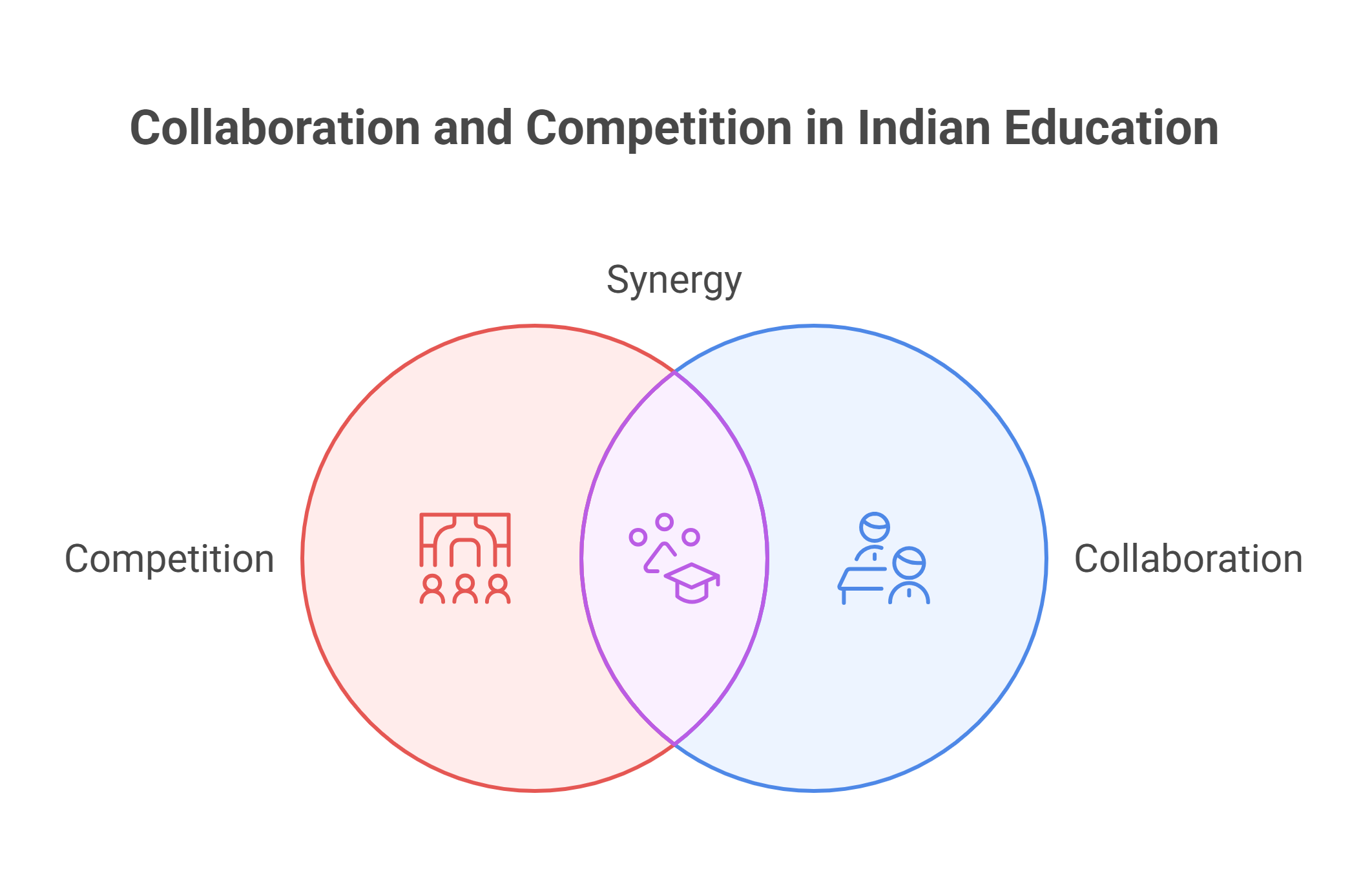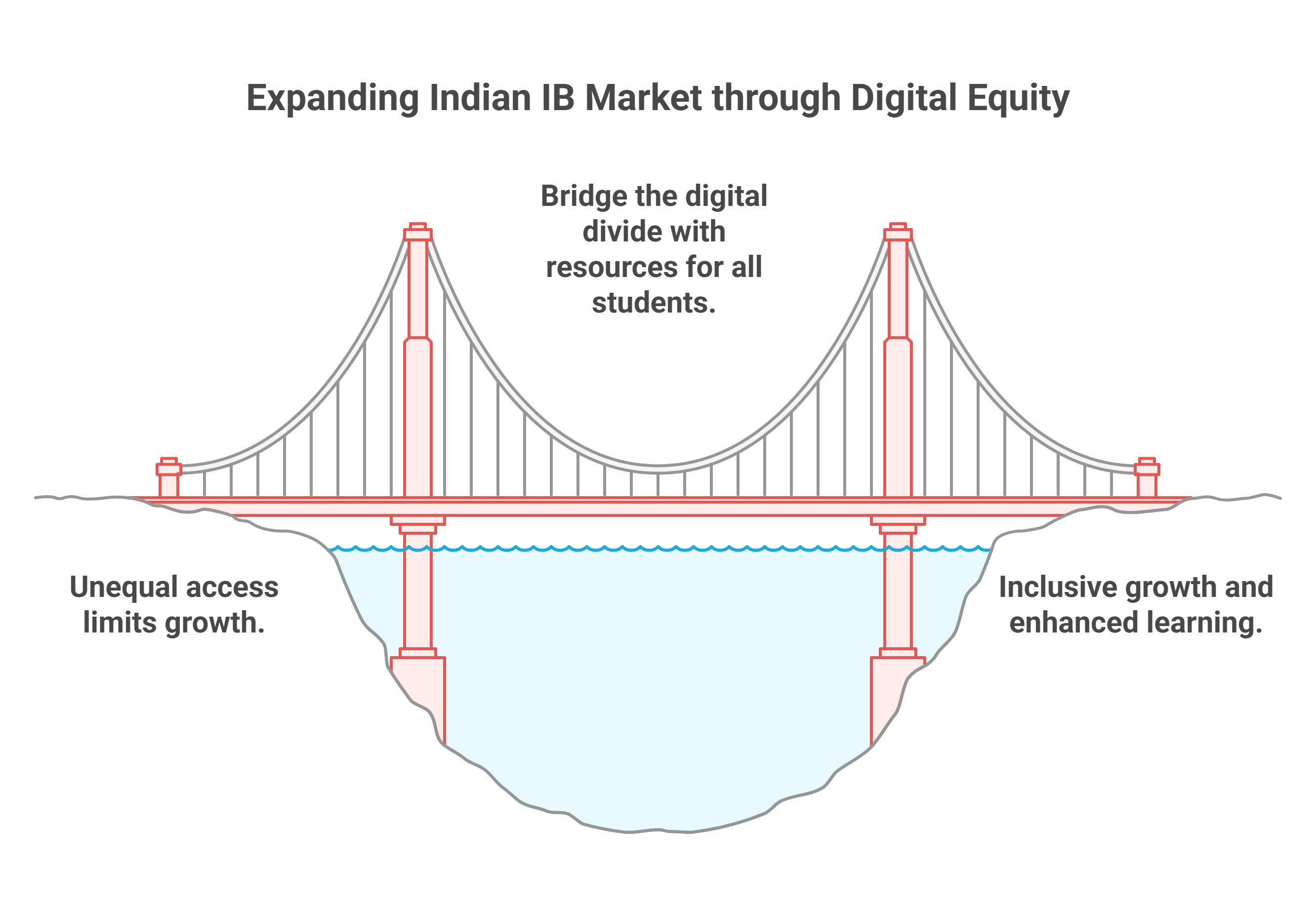The smell of strong filter coffee fills the air as a group of parents crowd around a school notice board in Bangalore, eagerly checking the latest IB Diploma results. It’s a familiar sight these days, not just here but in cities across India. The International Baccalaureate (IB) is clearly making its mark.
But there’s more to the IB story in India in 2025 than just more students signing up. It’s also about how teaching methods are changing, how more families are getting access to this kind of education, and how schools are finding ways to blend international standards with what works best locally.
A Shift Beyond Metros
While IB schools were once the exclusive domain of India's elite, nestled in its major cities, the landscape is changing. Tier-2 and Tier-3 cities are witnessing a surge in demand, driven by aspirational parents seeking a globally recognized education for their children. This expansion isn’t without its challenges. Finding qualified educators and adapting the curriculum to diverse local contexts are crucial hurdles. I recently spoke with Dr. Anika Sharma, Principal of a newly established IB school in Jaipur, who highlighted the importance of teacher training: "The IB’s focus on inquiry-based learning requires a significant shift in teaching methodology. Equipping our teachers with the necessary skills is our biggest priority."
Embracing Technology and Hybrid Learning
The pandemic’s aftershocks continue to shape the education sector. Indian IB schools have readily embraced technology, integrating online platforms and blended learning models. This has not only expanded access but also fostered innovation in teaching. From virtual science labs to collaborative online projects, technology is enhancing the learning experience. However, ensuring digital equity remains a significant concern. Bridging the digital divide and providing access to resources for all students are vital for the IB’s continued growth in India.
Focus on Indian Languages and Culture
There’s a palpable push to integrate Indian languages and cultural perspectives within the IB framework. Schools are increasingly offering mother tongue instruction alongside the IB curriculum. This not only strengthens students’ cultural roots but also provides a more holistic and inclusive learning environment. This trend reflects a broader national conversation about balancing globalized education with local relevance.
The Affordability Factor
Let's be honest, the cost of IB education remains a significant barrier for many Indian families. While scholarships and financial aid programs are expanding, more needs to be done to ensure affordability and accessibility. The rise of affordable private schools offering the IB curriculum could be a game-changer in the coming years, making it more inclusive.
Competition and Collaboration
The Indian education market is incredibly competitive. The IB program faces competition not just from other international curricula like the Cambridge IGCSE and A-Levels, but also from robust national boards like the CBSE. However, rather than solely competition, we’re also seeing increased collaboration. Schools are sharing best practices and exploring opportunities for joint professional development programs. This collaborative spirit could be key to raising the overall quality of education in India.

Looking Ahead
The Indian IB market in 2025 is at a fascinating crossroads. It’s a dynamic landscape where global best practices meet the unique needs of a rapidly evolving nation. As India’s economy grows and its aspirations rise, the demand for high-quality international education will only intensify. The challenges are real – affordability, teacher training, and digital equity – but so are the opportunities. With the right policy framework and a continued focus on innovation and inclusion, the future of the IB in India looks bright.

















